Efficacy of Low Level Laser Therapy in Treating Rheumatoid Arthritis: A Critical Review
Low level laser therapy (LLLT), a rising and progressively favored form of electrotherapy, is being employed by physiotherapists to address various conditions, such as rheumatoid arthritis (RA). Despite its increasing popularity, there is a lack of consensus within the scientific community regarding its effectiveness. The objective of this article is to conduct a thorough analysis of a randomized, double-blind, and placebo-controlled study that assesses the effectiveness of LLLT in managing chronic RA patients with active finger joint synovitis.
Introduction
Rheumatoid arthritis is an enduring inflammatory condition that predominantly impacts the joints, such as the metacarpophalangeal (MCP) and proximal interphalangeal (PIP) joints. Conventional approaches to treatment encompass the use of medications, physical therapy, and occasionally, surgical intervention. However, the emergence of Low-Level Laser Therapy (LLLT) has presented a non-intrusive alternative that purports to diminish inflammation and alleviate pain, consequently enhancing joint functionality. This scholarly article aims to delve into a particular study in order to evaluate the credibility of these assertions.
Methodology
The research study selected a total of forty patients diagnosed with rheumatoid arthritis (RA), all of whom exhibited the involvement of one or more metacarpophalangeal (MCP) or proximal interphalangeal (PIP) joints. These participants were assigned randomly to receive either active laser therapy or a placebo laser treatment, with the sessions taking place three times a week over a duration of four weeks. To minimize bias, the trial was designed as double-blind, meaning that neither the patients nor the researchers were aware of which treatment was being administered. This approach ensured the elimination of any potential biases in the study.
Measurements were recorded at four specific locations: before the initiation of the intervention, directly after the intervention period, and during the one-month and three-month follow-up periods. The evaluated variables encompassed grip strength, duration of morning stiffness, joint tenderness, temperature of inflamed joints, range of motion, and levels of pain.
Results
The study's results revealed few significant differences within or between the groups. Key observations include:
- Grip Strength: No significant improvement was noted in the active laser group compared to the placebo group.
- Morning Stiffness Duration: Both groups showed minimal change, indicating that LLLT did not significantly reduce the duration of morning stiffness.
- Joint Tenderness: Measurements of joint tenderness showed no notable difference between the groups.
- Temperature of Inflamed Joints: The temperature readings remained consistent across both groups, suggesting no significant anti-inflammatory effect of LLLT.
- Range of Movement: Both groups exhibited slight improvements, but these were not statistically significant.
- Pain Levels: Pain reduction was observed in both groups; however, the placebo effect could not be ruled out as a contributing factor.
Discussion
The results obtained from this investigation suggest that the application of LLLT, utilizing the prescribed irradiation parameters, does not yield substantial enhancements in clinical outcomes for individuals with chronic RA and active synovitis in the finger joints. These findings align with the varied outcomes observed in the wider body of literature concerning the effectiveness of LLLT as a treatment for RA.
Potential Mechanisms and Theoretical Considerations
Low-level laser therapy (LLLT) is thought to operate through the activation of cellular mechanisms that diminish inflammation and facilitate the healing process. This treatment method commonly employs light within the red or near-infrared range to permeate the skin and impact the underlying tissues. The absence of substantial results in this research indicates that the specific parameters utilized, such as wavelength, dosage, and frequency of treatment, may not have been ideal for achieving the intended therapeutic outcomes.
Clinical Implications
When contemplating the use of LLLT for treating RA, it is crucial for healthcare professionals to prioritize evidence-based practice. Although LLLT shows potential as a treatment option, it is essential to exercise caution and combine it with established therapeutic approaches. More extensive studies with diverse variables and increased sample sizes are required to definitively establish the effectiveness of LLLT in RA management.
Conclusion
In summary, this study provides valuable insights into the application of LLLT for chronic RA treatment, highlighting the need for rigorous scientific evaluation before widespread clinical adoption. The Prungo Red Light Therapy Module, while an innovative and convenient option for portable red light therapy, should be considered within the context of current evidence and integrated with comprehensive RA management strategies.


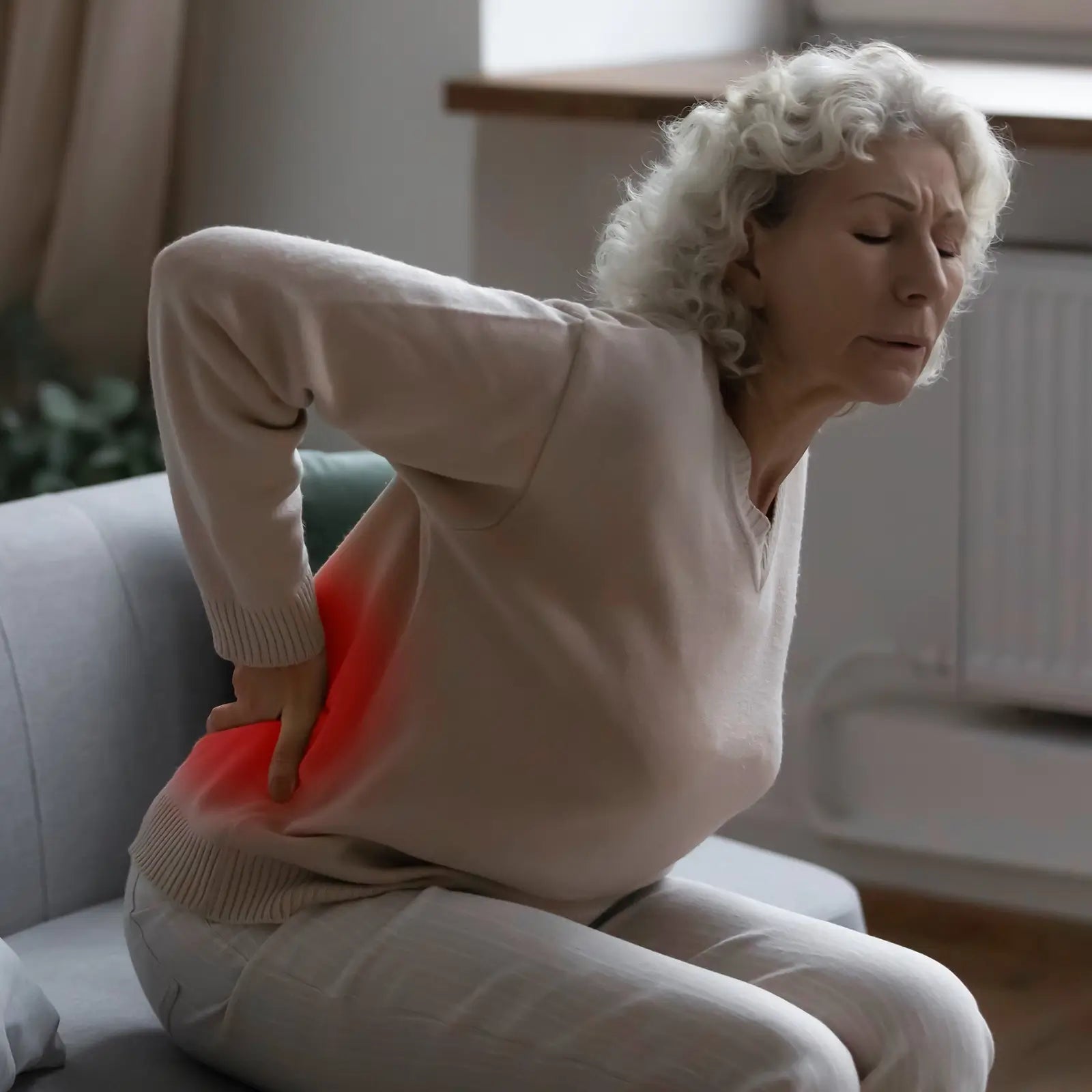
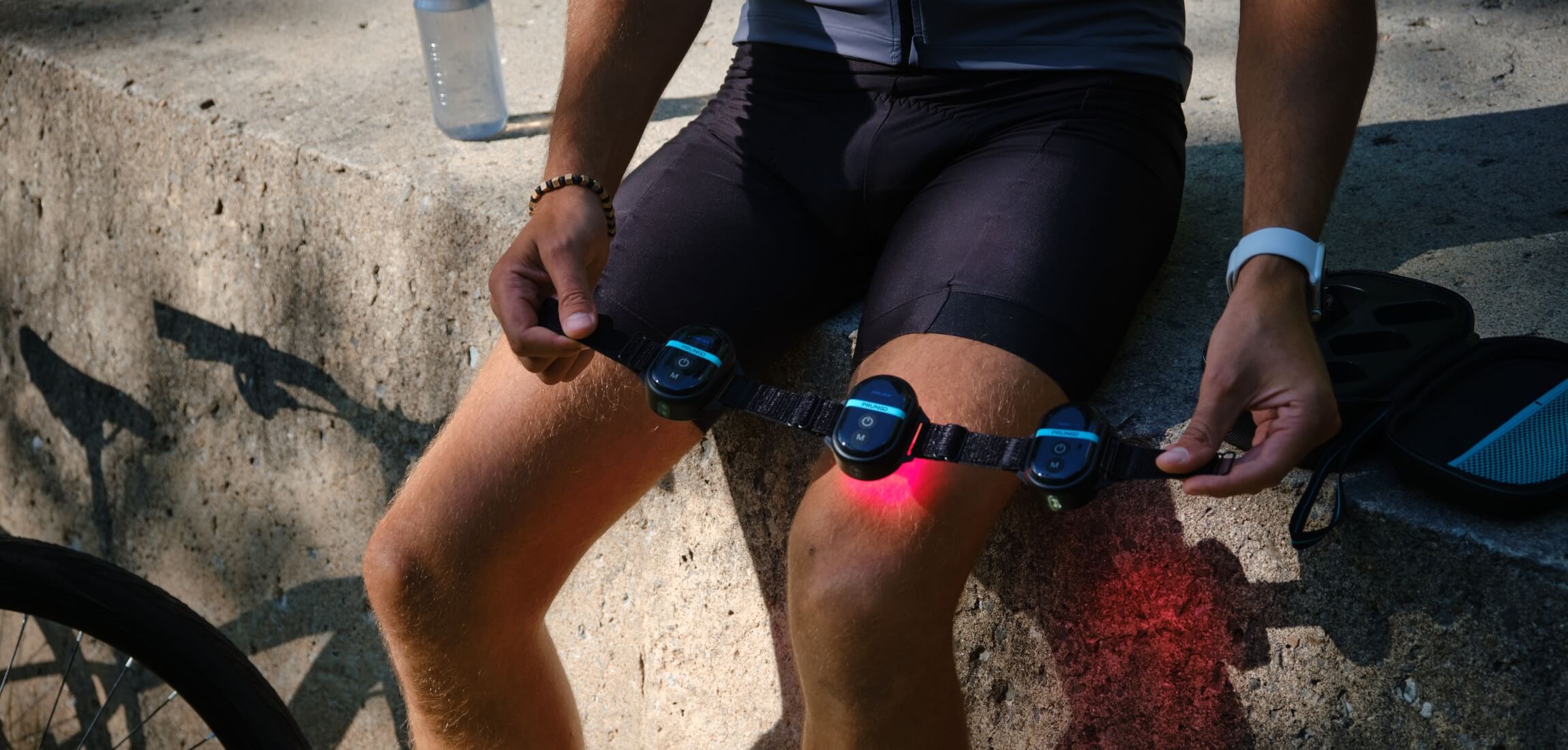
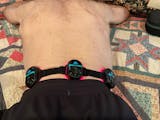
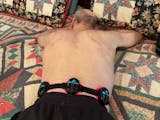









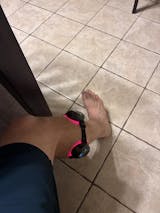
Share:
Enhancing Muscle Performance with Low-Level Laser Therapy: A New Frontier in Strength Training
Exploring the Impact of Phototherapy on Exercise-Induced Muscle Damage and Recovery